Laser skin treatments have become a popular and effective solution for managing moderate to severe acne, offering targeted bacteria elimination, anti-inflammatory properties, and collagen stimulation with minimal side effects. Different laser types, such as PDLs, fractional lasers, Nd:YAG, and CO2 lasers, target various acne aspects. These non-invasive procedures provide quick recovery times, reduced scarring, and improved skin texture, though potential risks include temporary redness, swelling, and sunlight sensitivity. Ideal candidates are teens and adults with active acne who understand the side effects and maintain a skincare routine. Post-treatment care is essential for optimal results, with immediate warmth, tenderness, and redness subsiding over days to reveal clearer, healthier skin. Combining laser treatments with gentle cleansing and other acne management strategies enhances outcomes. Future trends include precise lasers, faster treatment times, AI-personalized plans, and gentler procedures with minimal downtime.
“Uncover the power of laser skin treatments for acne management—a revolutionary approach to achieving clear, healthy skin. This comprehensive guide explores the science behind lasers, their various types, and how they target acne-prone skin. From understanding the benefits and risks to selecting the right candidates and navigating recovery, we demystify the process. Learn how laser treatments complement other acne strategies and discover emerging trends shaping the future of this effective therapy. Uncover a clearer, more radiant complexion with the help of advanced laser skin treatments.”
Understanding Laser Acne Treatments: Unveiling the Science
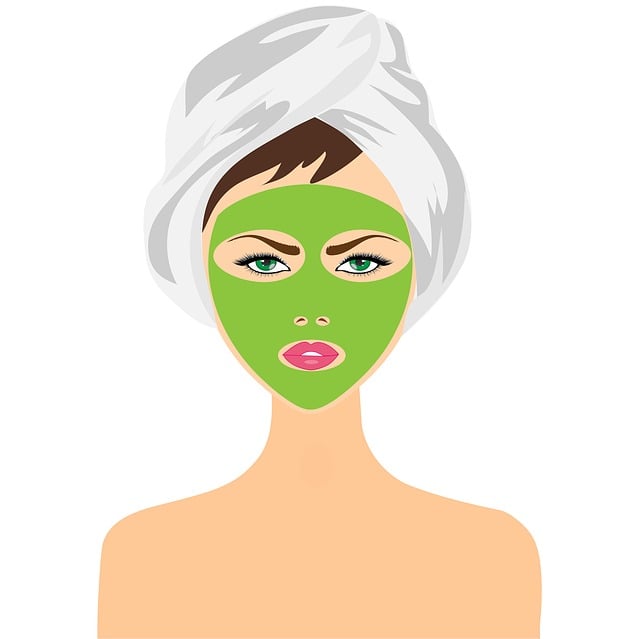
Laser acne treatments have emerged as a revolutionary approach in dermatology, offering targeted and effective solutions for acne-prone skin. This advanced technology harnesses the power of light to address the root causes of acne, providing a non-invasive alternative to traditional methods. By penetrating the skin’s surface, lasers stimulate collagen production, reduce inflammation, and target bacteria, all while minimizing potential side effects compared to topical medications or surgical procedures.
The science behind laser skin treatments lies in their ability to interact with different components of the skin. Specific wavelengths of light are absorbed by targeted molecules, such as melanin or certain types of bacteria, leading to localized reactions. This precise targeting ensures minimal damage to healthy skin cells while effectively treating acne lesions and reducing scarring. As a result, laser treatments offer a more comfortable and efficient way to manage moderate to severe acne, leaving many patients with clearer, healthier-looking skin.
Types of Laser Skin Treatments for Acne

Laser skin treatments for acne have gained popularity due to their ability to target specific skin issues with precision and minimal side effects. There are several types available, each utilizing different wavelengths of light to address different aspects of acne. For instance, pulsed dye lasers (PDLs) are effective in reducing inflammation and treating post-inflammatory hyperpigmentation by targeting melanin in the skin. On the other hand, fractional laser treatments create micro-lesions that stimulate collagen production, improving skin texture and reducing acne scars.
Another common approach is the use of Nd:YAG lasers, which emit light at a specific wavelength to destroy acne-causing bacteria while minimizing damage to surrounding skin cells. CO2 lasers are more aggressive, vaporizing skin tissue to smooth out rough surfaces and reduce deep acne scars. Each laser treatment has its advantages and may be recommended based on the severity and type of acne, as well as individual patient needs.
How Laser Treatments Work on Acne-Prone Skin
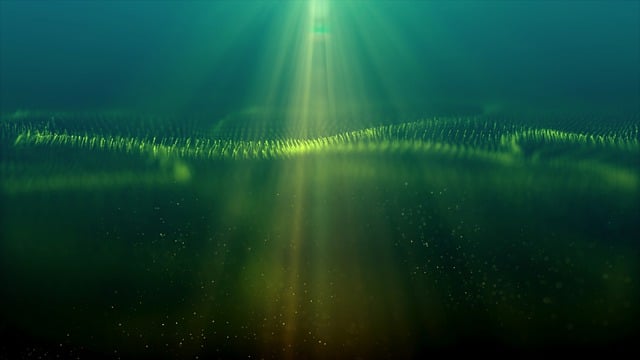
Laser skin treatments have emerged as a highly effective solution for acne-prone skin. These advanced procedures utilize concentrated light energy to target and destroy acne-causing bacteria while promoting collagen production, which helps to heal and rejuvenate the skin. The process involves carefully directing a laser beam at the affected areas, breaking down the bacterial colonies that contribute to acne formation.
By stimulating the body’s natural healing mechanisms, laser treatments can significantly reduce inflammation, minimize pore size, and improve overall skin texture. Unlike traditional acne medications that may cause side effects or dry out the skin, lasers offer a precise and non-invasive approach, making them an attractive option for those seeking long-lasting results without the risks associated with topical agents.
Benefits and Potential Risks: Weighing the Options
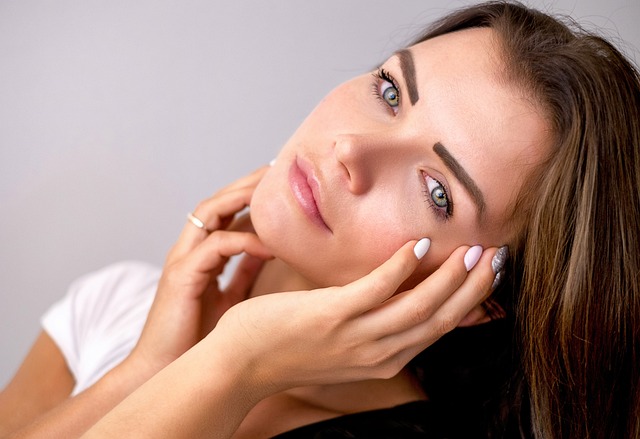
Laser skin treatments, including those specifically designed for acne, offer several significant benefits. They can target and destroy acne-causing bacteria while also reducing inflammation and unclogging pores. This non-invasive approach is often preferred over traditional methods due to its efficiency and minimal recovery time. Lasers can be particularly effective for moderate to severe cases of acne, where other treatments may not deliver the same level of results.
However, like any medical procedure, laser skin treatments also come with potential risks. These include temporary redness, swelling, and sensitivity to sunlight. In rare cases, it might cause pigment changes or scarring if not performed correctly. It’s crucial to weigh these risks against the benefits and consult a qualified dermatologist who can assess your specific condition and determine if laser acne treatment is the right choice for you.
Candidate Selection: Who Is a Good Fit?
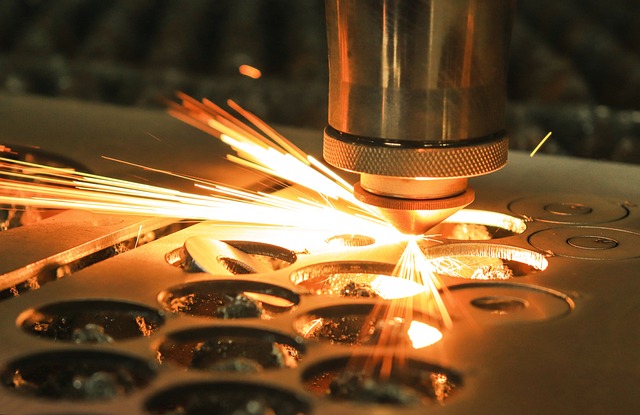
Laser skin treatments for acne are an advanced, non-invasive approach that has gained popularity due to its effectiveness in targeting and reducing acne lesions. The ideal candidates for this procedure are individuals with moderate to severe acne who have tried conventional treatments without significant success. Those with mild acne or those seeking preventive measures may not be suitable candidates, as laser therapy is most beneficial for active acne lesions.
During the initial consultation, dermatologists will assess skin conditions, consider medical history, and discuss expectations. Good candidates typically have a consistent skincare routine, avoid certain medications that may contraindicate laser treatment, and understand the potential side effects and recovery process. Age is also a factor; while it’s safe for teens with acne, older individuals might require different considerations due to skin thinning.
The Procedure: What to Expect During and After

During a laser acne treatment, a specialized dermatologist will use a high-intensity focused beam of light to target and destroy the bacteria causing acne lesions. The procedure is typically non-invasive and pain-free, thanks to topical anesthetics applied beforehand. Patients usually experience a warm or tingling sensation during the treatment, which lasts for a few minutes depending on the size and number of areas being treated. After the laser emits its energy, the targeted bacteria are eliminated, reducing inflammation and promoting faster skin healing.
In the days following the laser skin treatments, it’s common to observe some redness, swelling, or mild discomfort in the treated areas. These side effects usually subside within a few hours to a couple of days. Patients may also notice an improvement in their acne severity as early as 24 hours after treatment, with optimal results becoming apparent over several weeks as skin cell turnover occurs. It’s essential to follow post-treatment care instructions, including the use of gentle cleansers and sunscreen, to ensure optimal healing and maintain the benefits of the laser skin treatments.
Recovery and Results: A Step-by-Step Guide
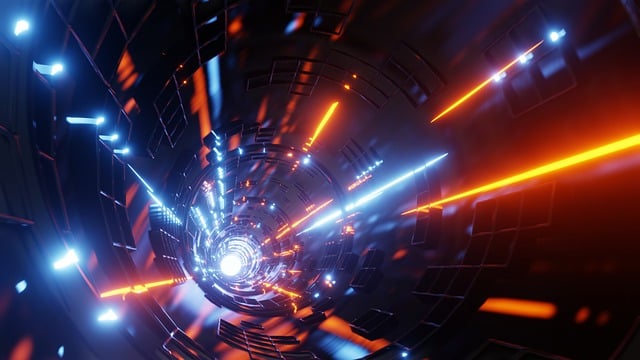
Recovery and Results: A Step-by-Step Guide
After your laser acne treatment, it’s crucial to understand what to expect during recovery. Immediately following the procedure, your skin may feel warm or slightly tender, similar to a sunburn. This is normal and typically subsides within a few hours. It’s important to avoid touching or scratching the treated area and to stay out of direct sunlight for the first 24 hours to prevent further irritation.
Over the next few days, your skin will start to heal. You may notice redness and swelling that gradually decrease after 2-3 days. As your skin regenerates, dead acne cells will be replaced by new, healthy skin cells. Within a week, most patients see significant improvements in their skin texture and appearance. Laser skin treatments can reduce scarring, minimize pore size, and even out skin tone, leading to a clearer, healthier complexion. Remember that individual results may vary based on skin type, severity of acne, and number of treatments received.
Combining Laser Treatments with Other Acne Management Strategies
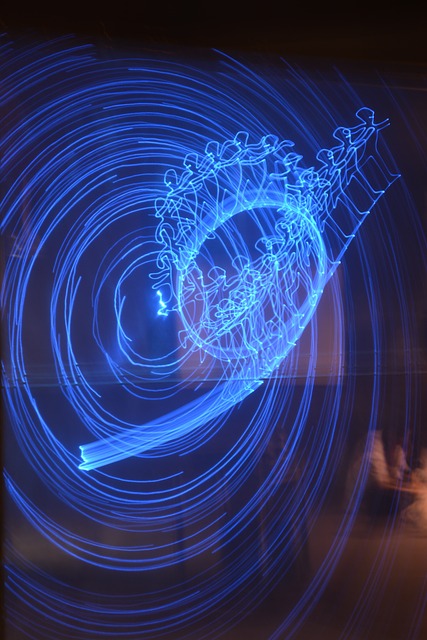
Combining laser skin treatments with other acne management strategies can enhance overall effectiveness and promote healthier, clearer skin. While lasers target specific areas affected by acne, they work best when integrated into a comprehensive approach. This often includes proper skincare routines, such as gentle cleansing and moisturizing, to maintain optimal skin health between treatments. Additionally, over-the-counter or prescription medications can be used in conjunction with laser therapy to address various aspects of acne, like inflammation and bacteria.
A dermatologist can guide you on the best combination, suggesting when to incorporate different techniques for maximum impact. For instance, some patients may benefit from a weekly laser session paired with daily topical treatments and a balanced skincare regimen. This multi-faceted approach ensures that both immediate results and long-term skin health are prioritized, offering a more holistic solution to acne management.
Future Trends and Innovations in Laser Acne Therapy
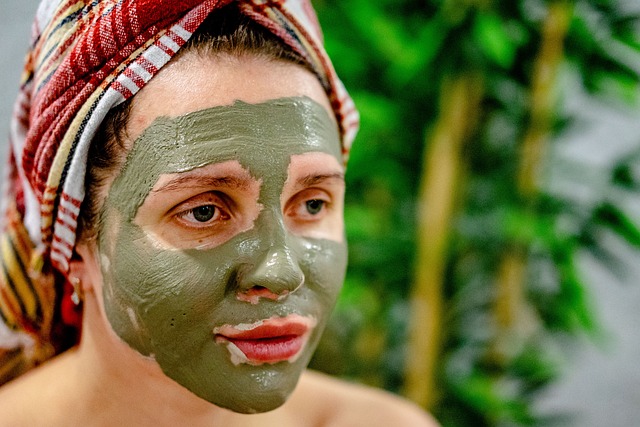
The future of laser acne therapy looks promising, with continuous innovations pushing the boundaries of effective skin treatments. One emerging trend is the development of more precise and targeted lasers that can specifically address acne-causing bacteria while minimizing damage to healthy skin cells. These advanced technologies are designed to offer faster treatment times and improved outcomes. Additionally, combining laser therapy with other medical procedures, such as dermatological creams or topical medications, is becoming a popular approach to enhance overall effectiveness.
Another exciting direction is the integration of artificial intelligence (AI) and machine learning algorithms into laser skin treatments. AI-driven systems can analyze skin patterns and conditions, personalizing treatment plans for individual patients. This level of customization promises to revolutionize acne management, ensuring that each patient receives tailored care for optimal results. Furthermore, the trend towards non-invasive, gentle laser procedures will continue to grow, appealing to those seeking minimal downtime and a more comfortable treatment experience.
